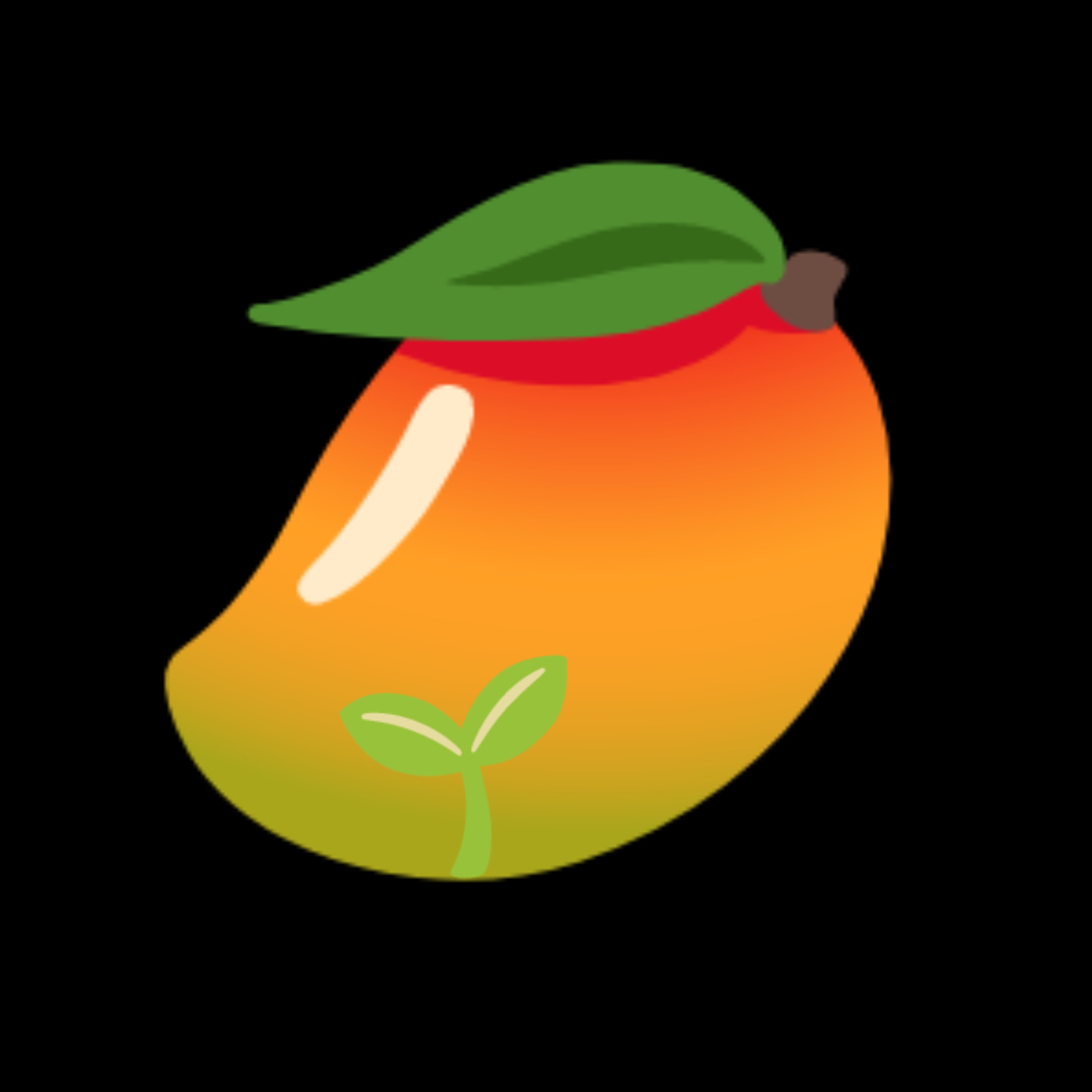Boysenberries are a type of bramble fruit that is related to raspberries, blackberries, and loganberries. They are a good source of vitamins C and K, as well as fiber and manganese.
One cup of boysenberries contains:
- 62 calories
- 1 gram of protein
- 6 grams of fiber
- 14 grams of sugar
- 21 milligrams of vitamin C
- 16 micrograms of vitamin K
- 0.4 milligrams of manganese
Boysenberries can be eaten fresh, frozen, or canned. They can be used in pies, jams, jellies, and juices. They can also be added to yogurt, cereal, or smoothies.
Here are some tips for eating boysenberries:
- Choose berries that are plump and firm. Avoid berries that are soft, mushy, or moldy.
- Rinse the berries gently under cold water before eating.
- Boysenberries can be stored in the refrigerator for up to 3 days.
Here are some additional nutritional facts about boysenberries:
- Boysenberries are a good source of antioxidants, which can help protect cells from damage.
- Boysenberries may help improve heart health by lowering blood pressure and cholesterol levels.
- Boysenberries may help boost the immune system.
Boysenberries are a delicious and nutritious fruit that can be enjoyed in many different ways. They are a great way to add vitamins, fiber, and antioxidants to your diet.
Disclaimer:
This blog post is for informational purposes only and is not intended to be a substitute for professional medical advice. Always consult with your doctor before making any changes to your diet or lifestyle.
Boysenberries: A Global Agri-Gem's Bountiful Production
Boysenberries, those plump, jewel-toned fruits with a burst of sweet-tart flavor, are not just culinary delights but also significant agricultural products enjoyed worldwide. Their journey, from vine to table, is a fascinating one, brimming with global production, diverse varieties, and sustainable practices. Let's delve into the world of boysenberry agriculture, exploring where these juicy gems come from and how they thrive across the globe.
Global Boysenberry Bounty:
Leading Producers: The United States takes the crown as the world's biggest boysenberry producer, followed by Canada, New Zealand, and Australia. These countries boast ideal climates and fertile soils, perfectly suited for cultivating these delicate fruits.
Seasonal Symphony: Boysenberries are typically a summer treat, with peak season gracing us from June to August. However, depending on the region and variety, you might find these purple gems peeking from supermarket shelves as early as late spring and lasting until early fall.
Vines of Diversity:
The world of boysenberries isn't just about one variety. Different regions boast unique cultivars, each with its own flavor profile and growing needs. Here are a few notable examples:
The Classic: The original boysenberry, hailing from California, is known for its large, juicy berries with a well-balanced sweet-tart flavor.
The Thornless Treat: The thornless boysenberry variety is a boon for farmers and home growers alike, offering all the deliciousness without the prickly hassle.
The Early Bird: Earlibrite boysenberries, as their name suggests, mature earlier than their classic counterparts, providing a burst of summery flavor sooner in the season.
Sustainable Practices:
Integrated Pest Management: This approach minimizes the use of harmful pesticides by employing natural methods like beneficial insects and traps to control pests.
Water Conservation: Drip irrigation and other water-saving techniques help preserve precious resources while ensuring optimal plant growth.
Soil Health: Cover crops and organic amendments enrich the soil, promoting healthy root systems and reducing the need for chemical fertilizers.
A Promising Future:
The global boysenberry market is steadily growing, fueled by rising consumer demand for healthy and flavorful fruits. This trend bodes well for the future of boysenberry agriculture, encouraging research into new cultivars, sustainable practices, and innovative products.
So, the next time you savor a juicy boysenberry, remember its fascinating journey from vine to table, the dedication of farmers across the globe, and the ongoing efforts to ensure this delightful fruit thrives for generations to come.
Image Credits: Pixabay
NOTE : "Information provided by Bard, a large language model from Google AI."














0 Comments